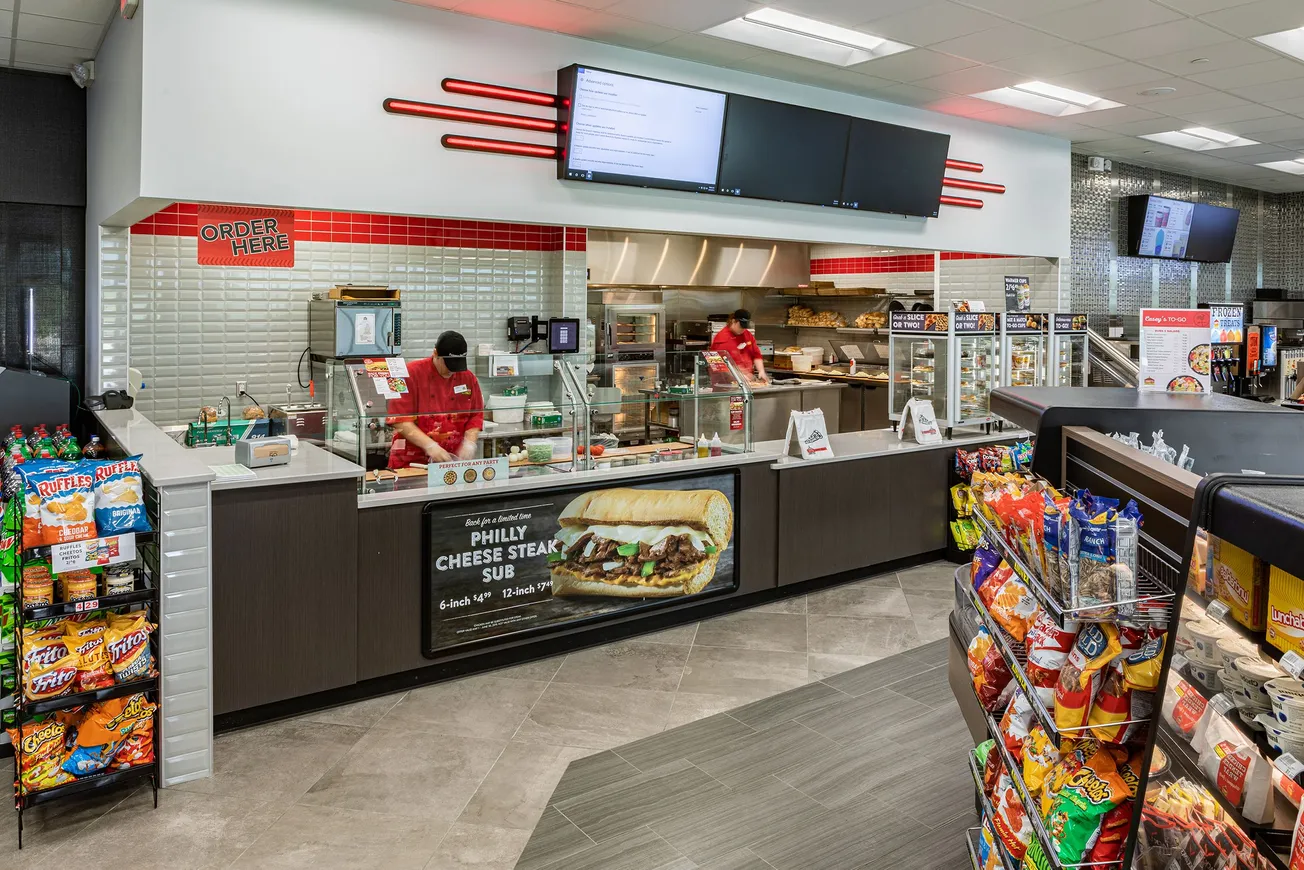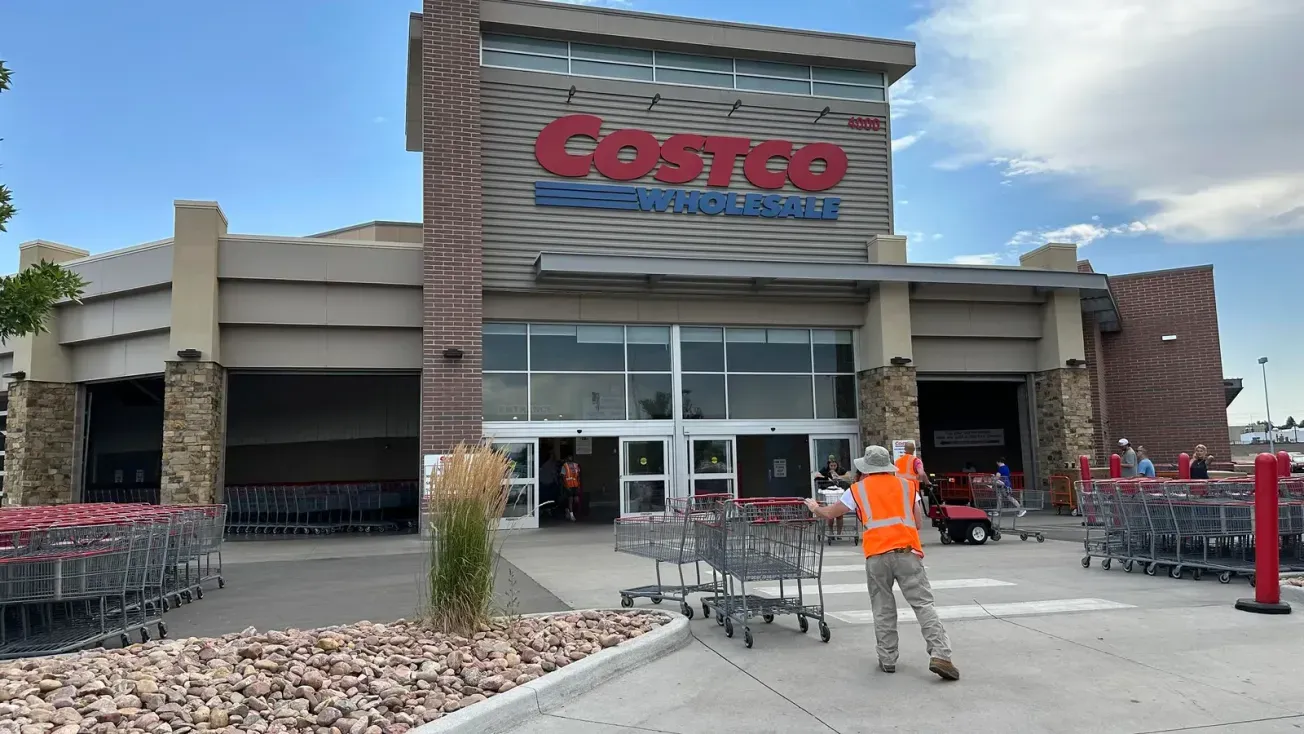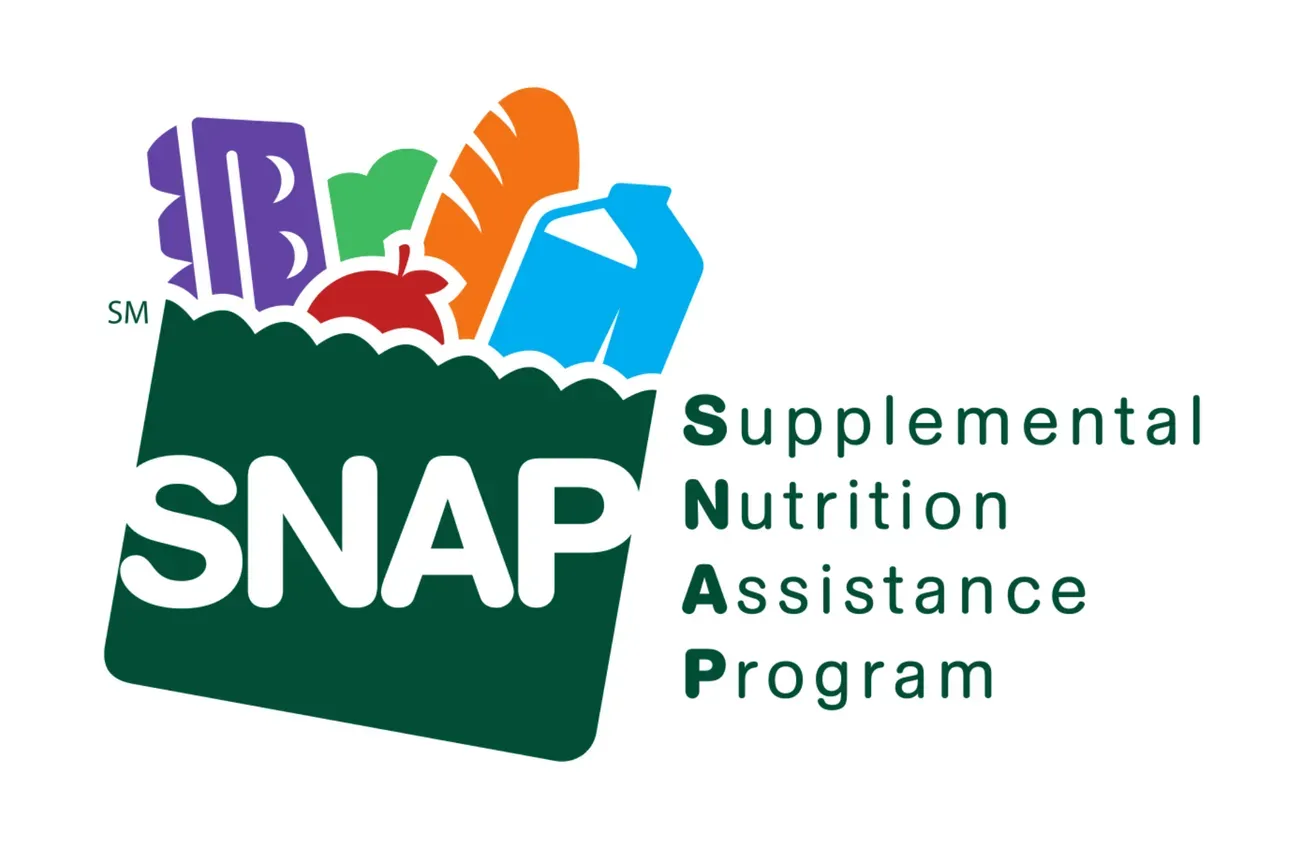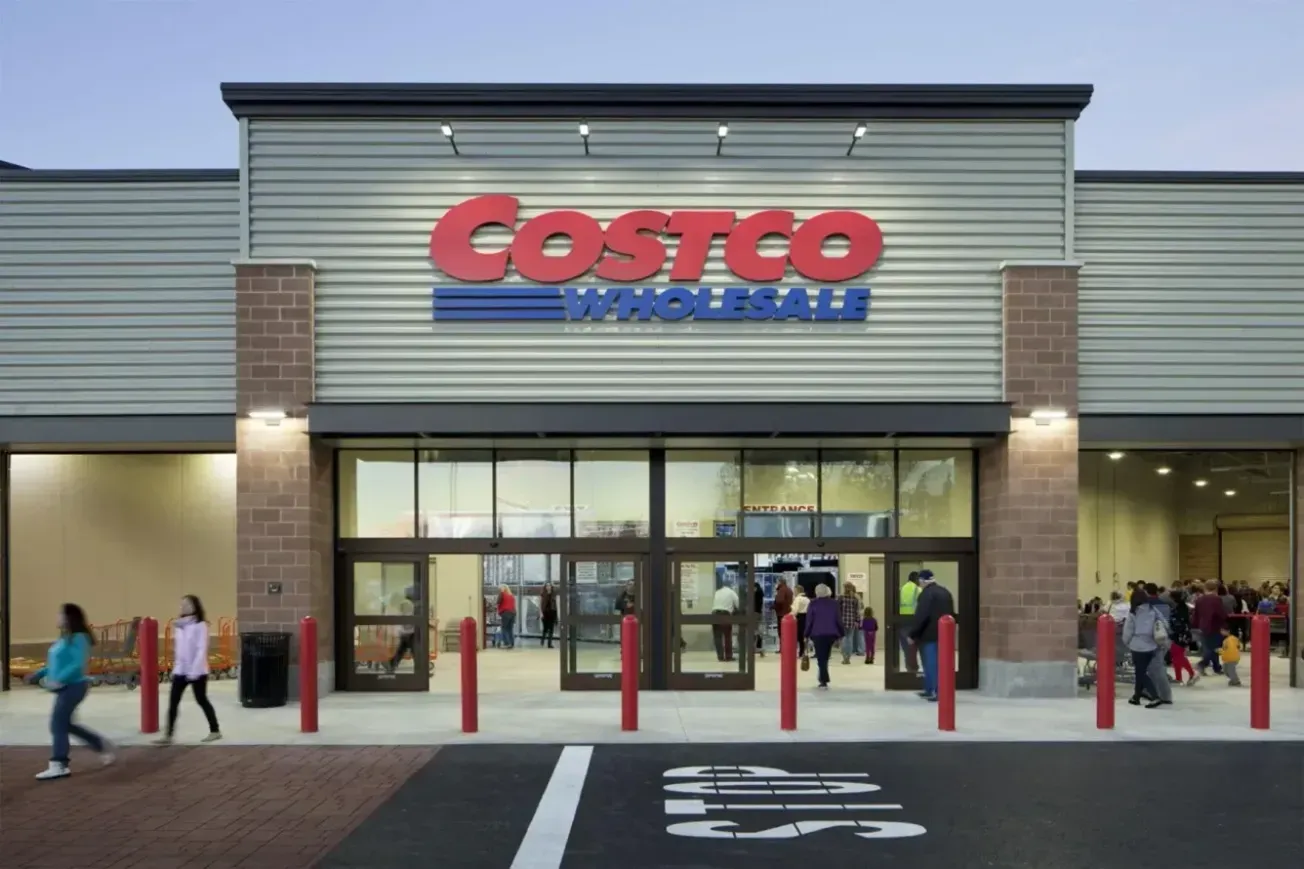DENVER — Convenience stores, once primarily recognized for quick stops for gas and snacks, are now emerging as serious competitors in the foodservice industry. C-stores are boosting foot traffic and in-store sales by expanding their selection to feature a diverse array of prepared foods, private label brands, and creative loyalty programs, as CoBank’s Knowledge Exchange reported.
The report titled C-stores Evolve from Gas-N-Grub to True Food Destinations emphasizes the industry's transformation and increasing impact in the food service sector. With c-stores innovating and broadening their offerings, they are set to reshape how consumers view convenience dining.
In 2023, c-stores achieved record sales, fueled by an 8% year-over-year growth in in-store sales for both 2022 and 2023, as reported by Circana. This increase surpassed the general inflation rates for grocery and restaurant food prices.

C-stores now compete directly with quick-service restaurants (QSRs) and fast-food chains, tailoring menus to rival and surpass them. CoBank’s report highlights that the lines between grocery stores, QSRs, and c-stores are blurring, heightening competition in food retail.
“Convenience stores have evolved from their gas-fueled origins to become true food and beverage destinations,” said Billy Roberts, food and beverage economist at CoBank. “Foodservice is the future for c-stores, and we expect them to continue innovating with freshly prepared items, signature menu offerings, and private label products.”

Major food manufacturers are increasingly aware of this transformation. For example, J.M. Smucker and Hormel Foods have pursued strategic acquisitions to enhance their presence in the convenience store (c-store) market. J.M. Smucker highlighted c-store distribution as a significant factor in its 2024 acquisition of Hostess Brands. Likewise, Hormel Foods broadened its c-store reach with its 2021 acquisition of Planters and Corn Nuts, leveraging these brands to launch new products such as pizza toppings and bacon for c-store menus.
Convenience stores increasingly serve as venues for trialing new flavors and product ideas. A case in point is Hormel’s Bacon 1, specifically crafted for quick preparation, enabling c-store operators to add bacon to various menu offerings seamlessly. This emphasis on convenience and efficiency meets the demands of c-store kitchens, which value speed and simplicity.

Loyalty programs are another critical factor in c-store success. 2024 Loyalty Trend Report at least 80% of c-store loyalty program members are among the top half of customers in monthly transaction visits. These programs assist c-stores in establishing a loyal customer base and enhance their competitiveness against restaurants, which have faced challenges keeping customers engaged in recent years.
“Loyalty programs are a powerful tool for c-stores as they aim to capture more traffic from restaurants,” Roberts noted. “This enthusiasm for loyalty initiatives will likely grow as c-stores continue to refine their strategies.”









